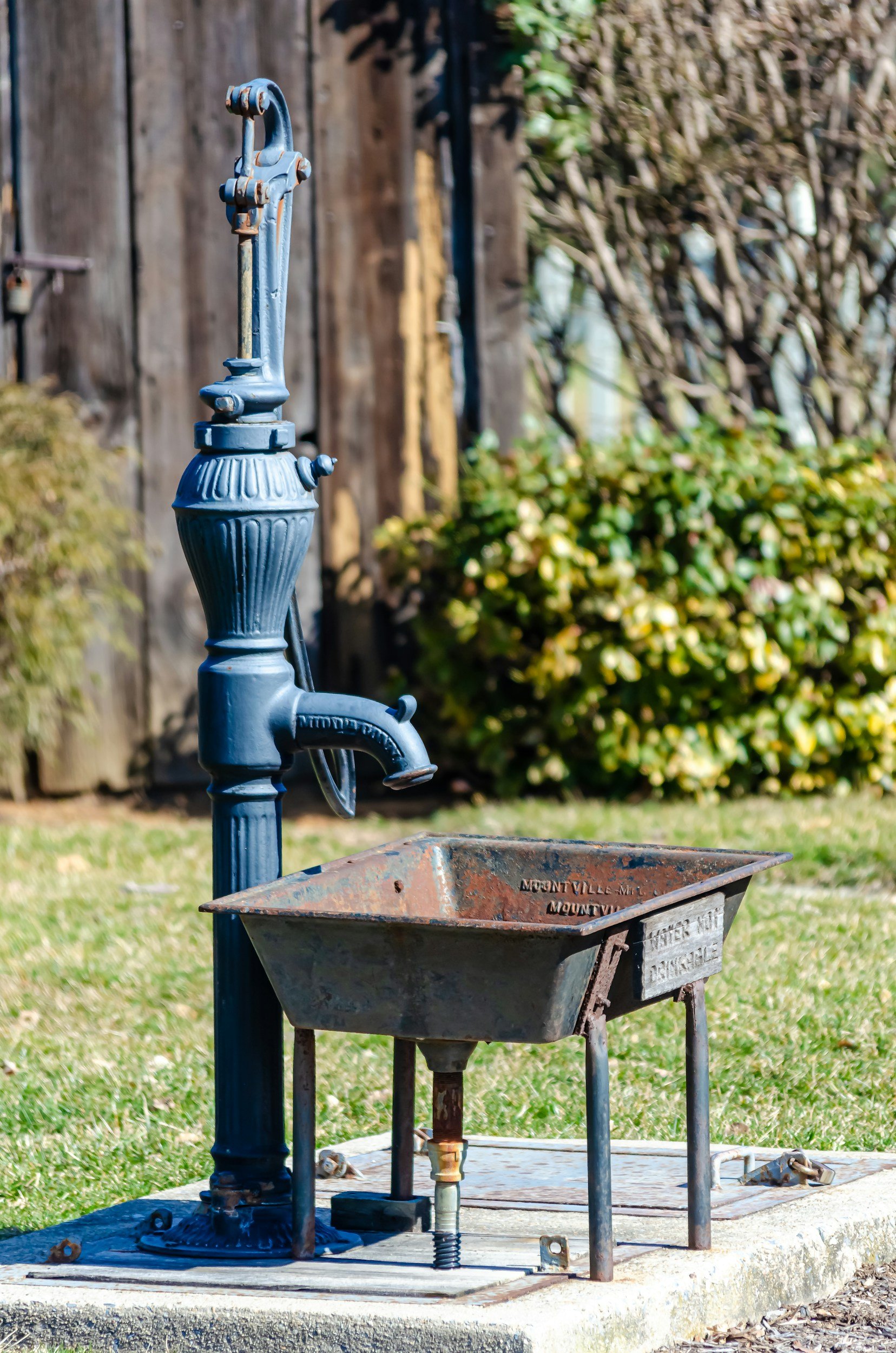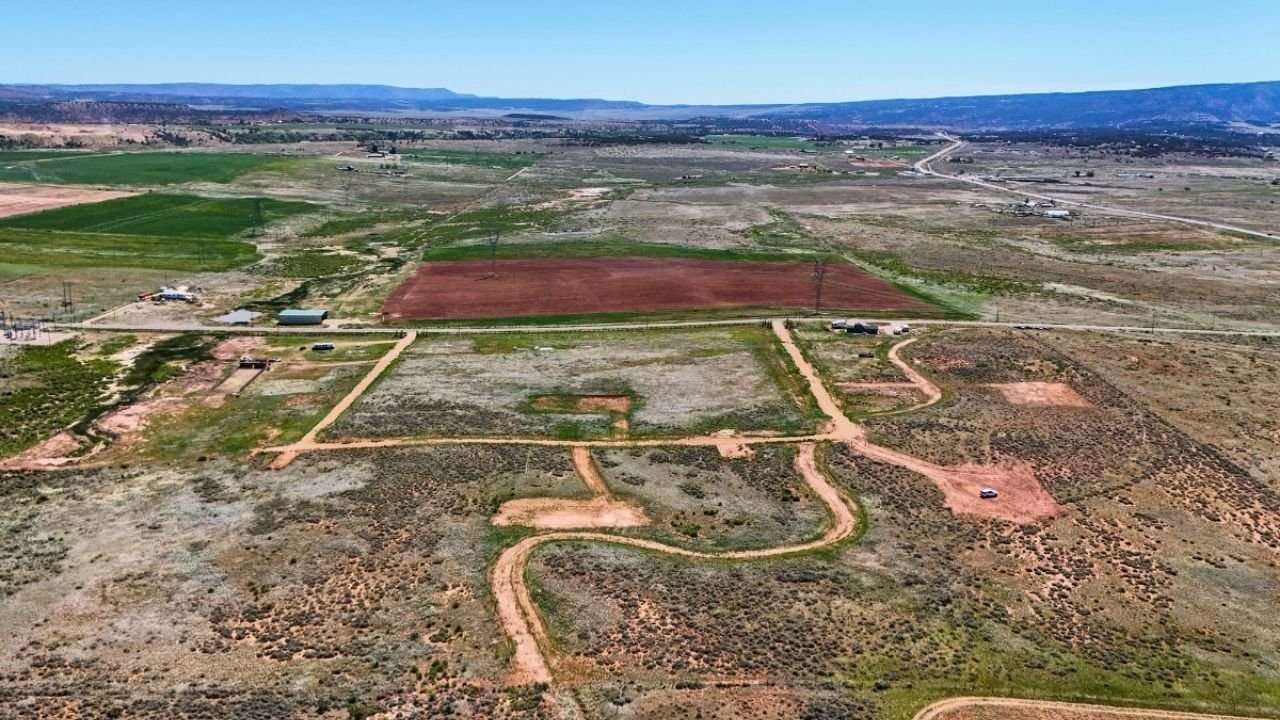
Essential Water Source Strategies for Livestock
Water access is one of the most important things to plan for when raising livestock on rural Utah land. Whether you’re managing a few animals or building a larger ranching operation, having a dependable water source is non-negotiable. Here’s what you need to know.
Common Livestock Water Solutions
Wells and Permits
Drilling a well can provide a long-term water source, but it requires a permit and upfront investment. Many rural areas allow livestock watering under specific water rights, so it’s important to understand what’s allowed on your land.
Water Hauling
Some ranchers haul water in from nearby towns or fill large tanks weekly. This is often the go-to method while you wait for a more permanent solution. Hauling is flexible but time-consuming and can get costly over time.
Rainwater Catchment
While rainfall is limited in Utah, catchment systems can help supplement your water needs. Large roof areas on barns or shelters can be used to collect and store water in cisterns for dry periods.
Surface Water Use
In rare cases, a property may have access to seasonal creeks or springs. Use of surface water often requires proper rights or documentation, so always verify with local resources before relying on it.
Low-Maintenance Infrastructure Ideas
Investing in smart water infrastructure can make a big difference when raising animals on rural Utah land. The right setup can save you time, reduce waste, and ensure your livestock always have access to clean water—especially in remote or off-grid areas.
Low-maintenance watering solutions for livestock:
Gravity-Fed Water Tanks
These systems use natural slope and elevation to deliver water without the need for electricity or pumps. Gravity-fed livestock water tanks are ideal for remote areas and can be set up with minimal equipment.Float Valves to Prevent Overflow
Automatic float valves regulate the water level in troughs or tanks, shutting off the flow when full. This helps avoid water waste and flooding, especially when hauling or storing limited water supplies.Freeze-Proof Spigots for Winter Use
In colder parts of Utah, freeze-resistant hydrants and spigots are a must. These prevent pipes and valves from freezing during the winter, helping you avoid mid-season repairs or disruptions in water access.Portable Troughs or Water Tanks for Rotational Grazing
Mobile water solutions allow you to move animals across pasture sections while keeping water accessible. Portable livestock troughs and tanks are perfect for rotational grazing systems and work well when hauling water.
Each of these systems supports better water efficiency and reduces the daily workload involved in livestock care. Whether you’re starting a small homestead or running a larger ranch, planning your livestock water system early can help you stay ahead of Utah’s dry conditions and remote terrain.
Understanding Utah’s Dry Climate and Livestock Needs
Utah’s semi-arid climate presents unique challenges for landowners raising livestock. With low annual rainfall and hot, dry summers, water doesn’t come easily—especially in rural areas without access to city utilities. Whether you’re raising cattle, horses, goats, sheep, or other animals, consistent access to water is essential for their health and productivity.
Why Water Planning Matters on Rural Utah Land
Unlike suburban or irrigated farm settings, many Utah properties rely on wells, hauled water, or rain catchment systems. That means water planning isn’t just helpful—it’s a must. You’ll need to think about daily usage, seasonal changes, storage capacity, and long-term sustainability. The right livestock water solution will depend on your land’s location, terrain, and available resources.
With the right strategy in place, you can keep your animals healthy, reduce labor, and avoid unexpected challenges—especially during Utah’s frequent dry spells.
What to Do Before You Buy Rural Land
If livestock is part of your land goals, ask about nearby wells, haul options, and water rights before purchasing. At Mountains West Ranches, we help you evaluate whether a property fits your livestock plans—and connect you with water hauling services or well experts in the area.
Common Watercourse Livestock Ideas
Can I drill a well for livestock on my property?
Yes, but it may require a water right or application depending on the county. We can help you start that process.
Do I need a water right to water my livestock in Utah?
In many cases, watering livestock is considered a beneficial use and may be exempt from a formal water right, especially for small-scale use. However, it’s best to check with the Utah Division of Water Rights or your local county office to confirm your specific situation.
Can I haul water year-round for livestock?
Yes, many landowners in Utah haul water, especially while starting out. Winter months may require insulated tanks or heating elements to keep the water from freezing.
What kind of storage tank should I use?
Poly or metal water storage tanks ranging from 250 to 2,500 gallons are commonly used. Look for UV-resistant and freeze-proof options if storing water outdoors.
What livestock watering systems work best off-grid?
Gravity-fed tanks, solar-powered pumps, and portable troughs are popular for off-grid landowners. These systems minimize utility needs while keeping water accessible.
Ready to Start Your Livestock Journey in Utah?
If you’re looking for land that supports livestock and long-term water solutions, we can help. At Mountains West Ranches, we offer acreage with no HOA, flexible zoning, and in-house financing—perfect for ranching, homesteading, or raising animals on your terms.
👉 Browse Livestock-Friendly Properties in Utah
Have questions about water rights, hauling options, or local resources?
Give us a call at 877-RANCHES or send us a message—we’re here to help you plan the right setup for your land.






